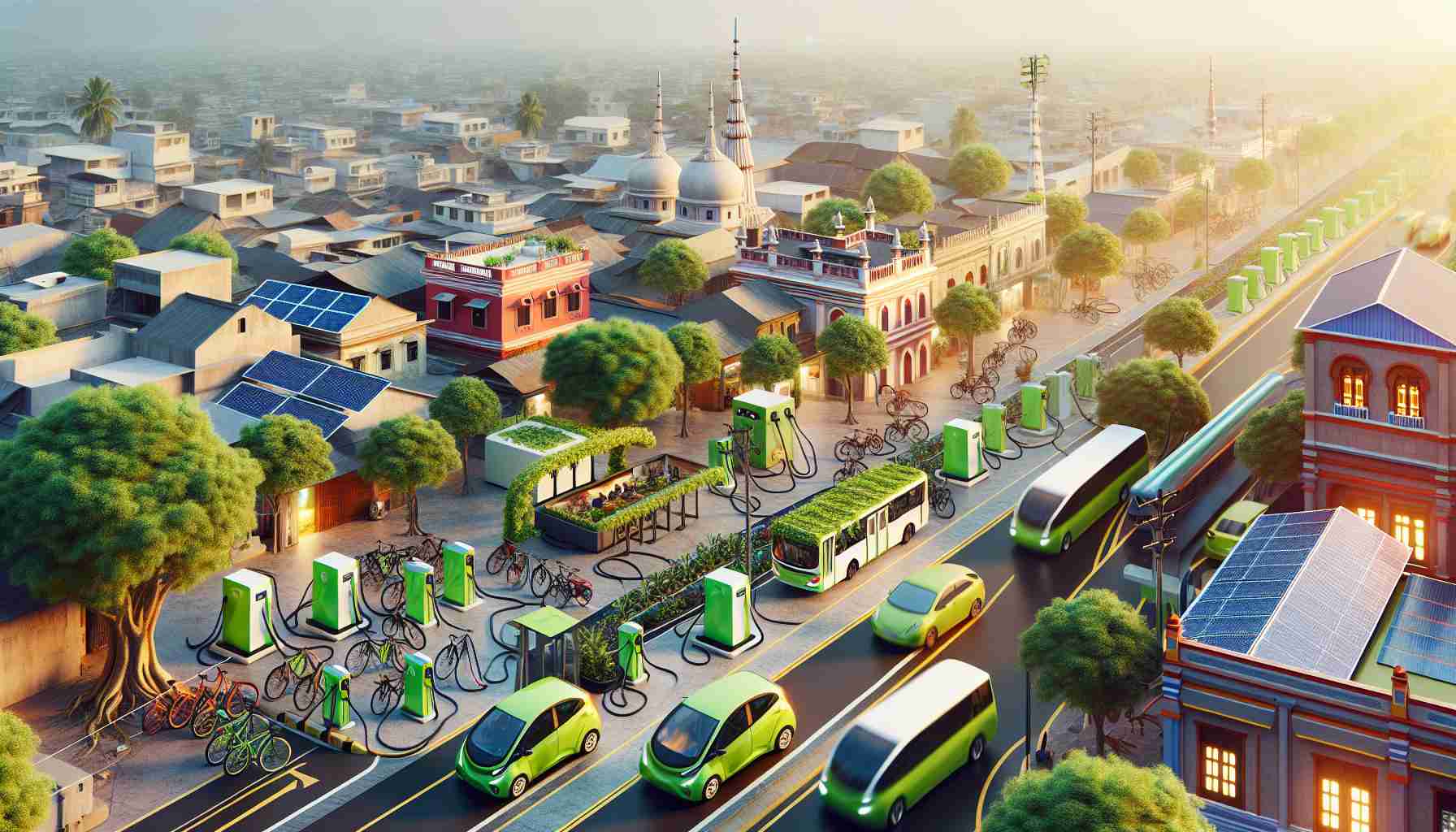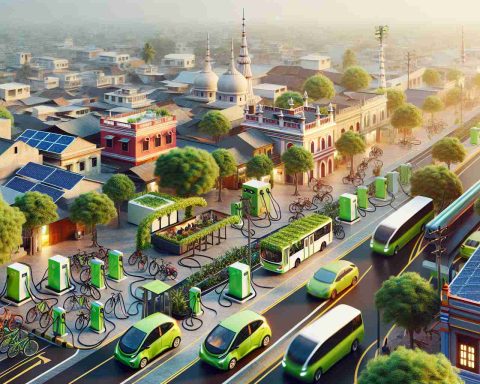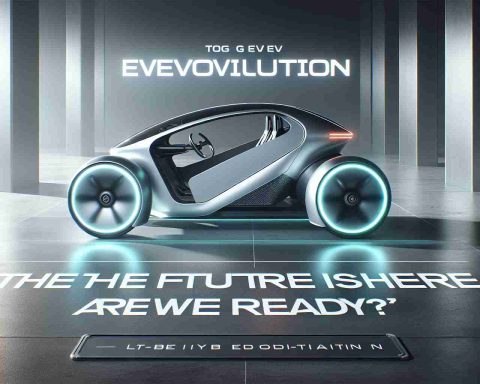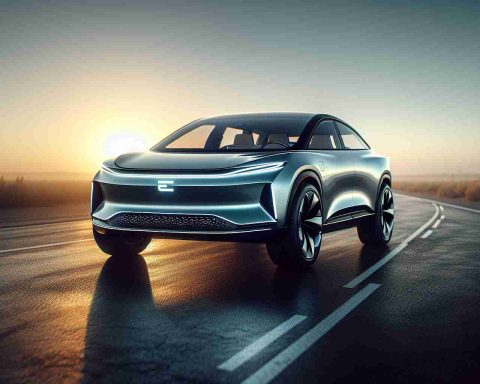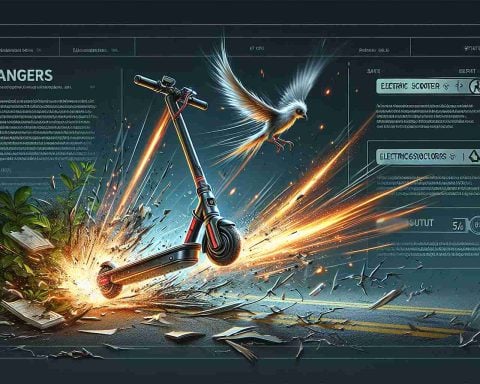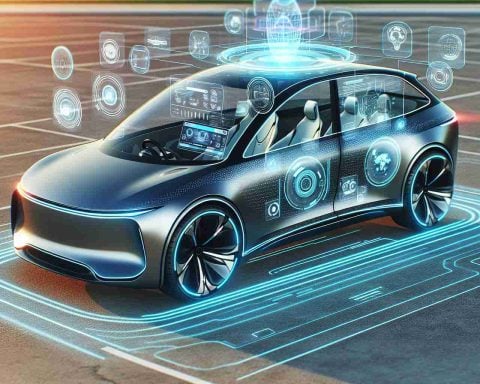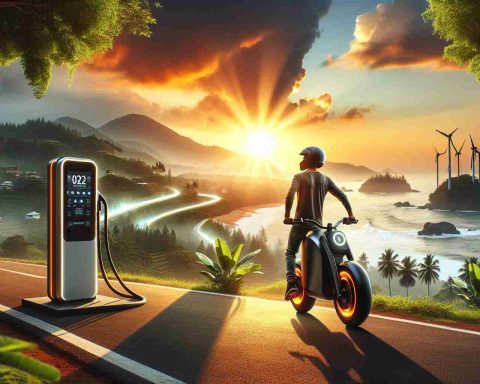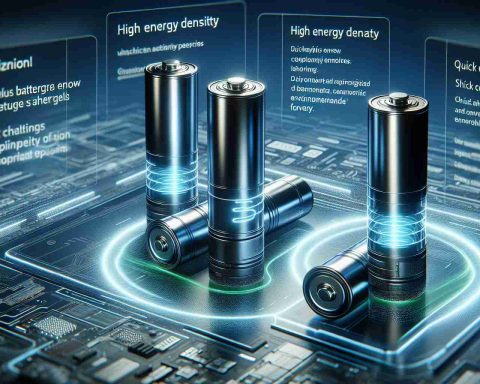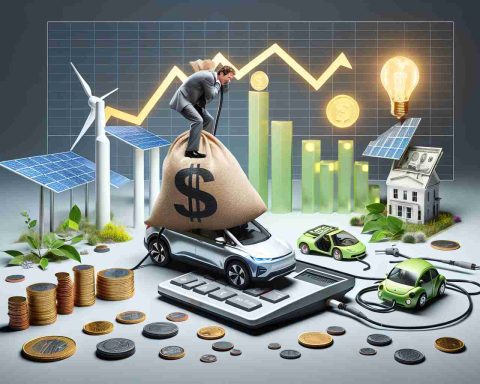- The PM Electric Drive Revolution in Innovative Vehicle Enhancement (PM E-DRIVE) scheme launches in India, powered by a ₹10,900 crore ($1.31 billion) investment from April 2024 to March 2026.
- Key focus areas include e-ambulances and e-trucks, with ₹500 crore allocated to boost these innovative vehicle segments.
- E-Vouchers are introduced to reduce upfront costs for consumers, encouraging EV adoption and creating a futuristic vehicle economy.
- Significant investment in infrastructure includes ₹2,000 crore for charging stations, ensuring comprehensive support for the EV ecosystem.
- Total subsidies and grants amounting to ₹10,850 crore are outlined: ₹3,679 crore for demand incentives and ₹7,171 crore for capital assets like e-buses and testing agencies.
- The initiative is managed by an inter-ministerial Project Implementation and Sanctioning Committee, underlining India’s strategic commitment to sustainable transport solutions.
A seismic shift towards greener horizons dawns in India with the unveiling of the PM Electric Drive Revolution in Innovative Vehicle Enhancement (PM E-DRIVE) scheme. As the government unfurls this ambitious initiative, a massive ₹10,900 crore ($1.31 billion) is earmarked to drive the electric vehicle (EV) renaissance from April 2024 to March 2026.
Imagine the hum of e-ambulances whisking patients with unprecedented ease through bustling city streets, their engines whispering instead of roaring. Picture e-trucks quietly dominating the highways, transporting goods without a trail of smoke. Such vivid scenes form the crux of the PM E-DRIVE’s mission — an expansive vision bolstered by ₹500 crore dedicated solely to these innovative vehicle segments.
Central to this scheme are E-Vouchers, digital gateways inviting consumers into the world of EVs by slashing upfront costs, thus paving the way for a futuristic vehicle economy. Meanwhile, the government is igniting the EV ecosystem by injecting ₹2,000 crore into charging infrastructure, ensuring no battery runs dry.
Anchored by subsidies and robust grants, including ₹3,679 crore for demand incentives and another ₹7,171 crore to nurture new capital assets like e-buses and testing agencies, the scheme is designed with remarkable precision. The initiative’s grand tapestry is stitched with meticulous planning, orchestrated by an inter-ministerial Project Implementation and Sanctioning Committee, safeguarding its execution and success.
The PM E-DRIVE scheme represents more than policy; it’s India’s unwavering commitment to a sustainable, forward-thinking future. As these electric chariots glide through India’s landscape, they steer the nation steadily towards the electric dawn, leaving polluting engines as relics of the past.
India’s Electric Future: Unpacking the PM E-DRIVE Scheme
Real-World Use Cases
The PM E-DRIVE scheme sets India on a path to transform its transportation sector. E-ambulances, for instance, stand to benefit from reduced emissions and lower operational costs, enabling quicker and more efficient emergency response. E-trucks could revolutionize logistics with their capacity to minimize transportation costs and reduce the carbon footprint.
Market Forecasts & Industry Trends
India’s EV market is expected to witness a compound annual growth rate (CAGR) of 44.5% from 2020 to 2027, according to a report by Allied Market Research. The government’s investments under PM E-DRIVE, particularly in charging infrastructure, are likely to catalyze this growth substantially.
Reviews & Comparisons
Comparatively, schemes like India’s Faster Adoption and Manufacturing of Hybrid and Electric Vehicles (FAME) have laid the groundwork, but PM E-DRIVE provides a more focused push towards infrastructure and consumer incentives. It’s akin to China’s aggressive tactics which have positioned them as leaders in EV adoption, but India’s approach might be more inclusive with a significant emphasis on two-wheelers and public transport systems.
Features, Specs & Pricing
The PM E-DRIVE scheme offers:
– E-Vouchers: Immediate cost reductions on EV purchases for consumers.
– Subsidies & Incentives: ₹3,679 crore for demand incentives to lower vehicle acquisition costs.
– Infrastructure Investments: ₹2,000 crore to boost charging stations across India.
Pricing for EVs is expected to become more competitive given these economic incentives, potentially closing the gap with conventional vehicles.
Security & Sustainability
The security aspect focuses on promoting safe EV technologies and e-vouchers to prevent potential misuse. On sustainability, the reduction in fossil fuel reliance and promotion of green energy for charging stations stands central.
Insights & Predictions
The inter-ministerial Project Implementation and Sanctioning Committee underscores a long-term commitment. Experts predict that by 2030, EVs might comprise 30% of new vehicle sales in India, aligning with global sustainability pledges.
Pros & Cons Overview
Pros:
– Reduction in carbon emissions from the transport sector.
– A boost to domestic manufacturing and job creation.
– Significant government support lowers market entry barriers for consumers.
Cons:
– Initial infrastructure deployment may face delays.
– Technical and logistical hurdles in rural and urban integration.
– Dependence on global supply for certain EV components.
Actionable Recommendations
1. Consumers: Utilize e-vouchers for cost-effective purchases and tap into potential state-specific incentives for additional benefits.
2. Businesses: Explore partnerships in charging infrastructure development to capitalize on government subsidies.
3. Local Governments: Focus on infrastructure improvements to support smooth EV operation, especially in high-density urban areas.
For more insights into India’s electric vehicle initiatives, visit the official website of the National Institution for Transforming India.
Embarking on this electric journey not only meets the immediacy of climate concerns but paves the road for technologically advanced transportation landscapes. As consumers and industry alike embrace these changes, India’s ambitious EV dream can swiftly become a much-needed reality.
